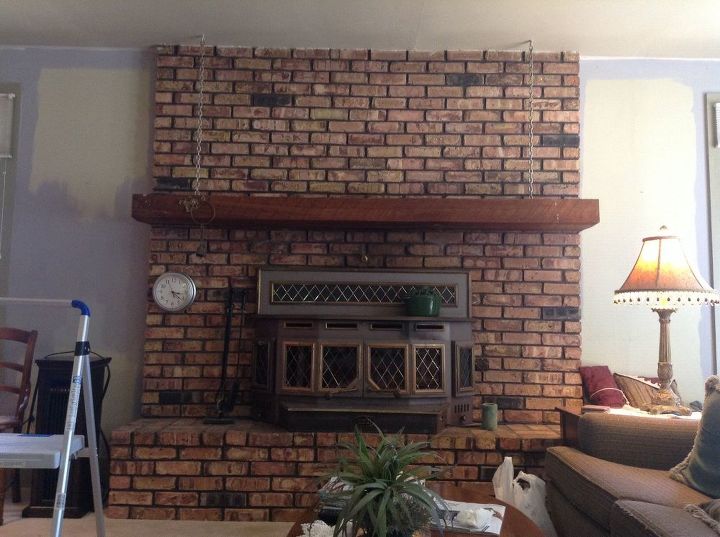The top of this sideboard.
How do I remove paint or stain from small hard to reach areas?

I'm working on refinishing a dining dining set that is a family heirloom. How do I remove the old finish from hard to reach areas?
Related Discussions
Should I paint or stain my oak kitchen cabinets?
I was wondering if you could help me with something -- I have an entirely oak kitchen. I know it's the rage now to paint or gel stain cabinets. I've been considering ... See more
How to paint a metal front door?
How do I paint my front door? It's metal.
How to paint grout?
How do I paint grout to change the color? The grout is in great shape, but the color - meh.
How to whitewash a brick fireplace?
What is the best method to whitewash bricks surrounding a fireplace?
How do I remove yellowed areas from epoxy countertop?
I painted the 2 counter tops in my bathroom to look like marble. Then, I made the mistake of pouring Parks Super Glaze Epoxy over the top for extra shine and durabi... See more
How do I remove what I think to be sunscreen stains from patio chairs?
Hello! I have white mesh sling patio chairs stained with an orange/beige color which we are thinking is sunscreen. I’ve tried everything from bleach to dish soap to... See more





Have you tried Citristrip yet? A small dremel tool works well too.
Citristrip and a small brass brush is what I use. Also wrap sandpaper around dowels, sponges, etc. I have used sisal rope around chair spindles, table legs.
I left a comment on an earlier posting https://www.hometalk.com/diy/kitchen-dining/kitchen-dining-furniture/how-to-easily-remove-paint-varnish-from-old-furniture-28567950?r=2
and will try to add it below
****************************************************
If you are in a spot that will tolerate the mess (garage? workshop?) you can use planer chips in the stripping process. Planer chips are similar to sawdust but the pieces are bigger. You can get them from woodworking friends or millwork shops. You can also substitute hamster or gerbil bedding, if they are wood shavings, not paper fluff. .
Let the stripper do it job and use a lot of it so the finsih is very goopy. Then cover with the wood chips and rub it down while wearing rubber gloves. The chips absorb the gunk and can be swept up with a dust pan or shop vac. You avoid using rags and it works especially well on getting the goop out of any details (carvings, crevices, inside corners on raised panel doors) and a old tooth brush is a good tool.
May sound messy, but efficient and clean-up is easier.
Regardless what I am stripping and no matter of the kind of stripper I am using I almost always end up doing a final wash with fine steel wool and a sequence of solvents. I start with lacquer thinner, follow with denatured alcohol and finish with mineral spirits. Sometimes you need to reverse the last two solvent, to avoid a haze. All these washing have to be done in an open, well ventilated, and flamelss area. They are all flamable and have varying degrees of toxicity.
How To Easily Remove Paint & Varnish From Old Furniture!
Old toothbrushes work wonders and if the place is especially tight, cotton swabs and toothpicks with the end covered by a thin cloth like muslin or thin cotton (not paper toweling or tissue paper). Pipe cleaners may work too. Then you just keep on working at it until it's "cleaned of finish to your satisfaction or as cleaned of finish as it's going to be. Good luck with your project!
why not try liquid sand paper. it works great in small places
Dremel tools and sandpaper sponges work well.